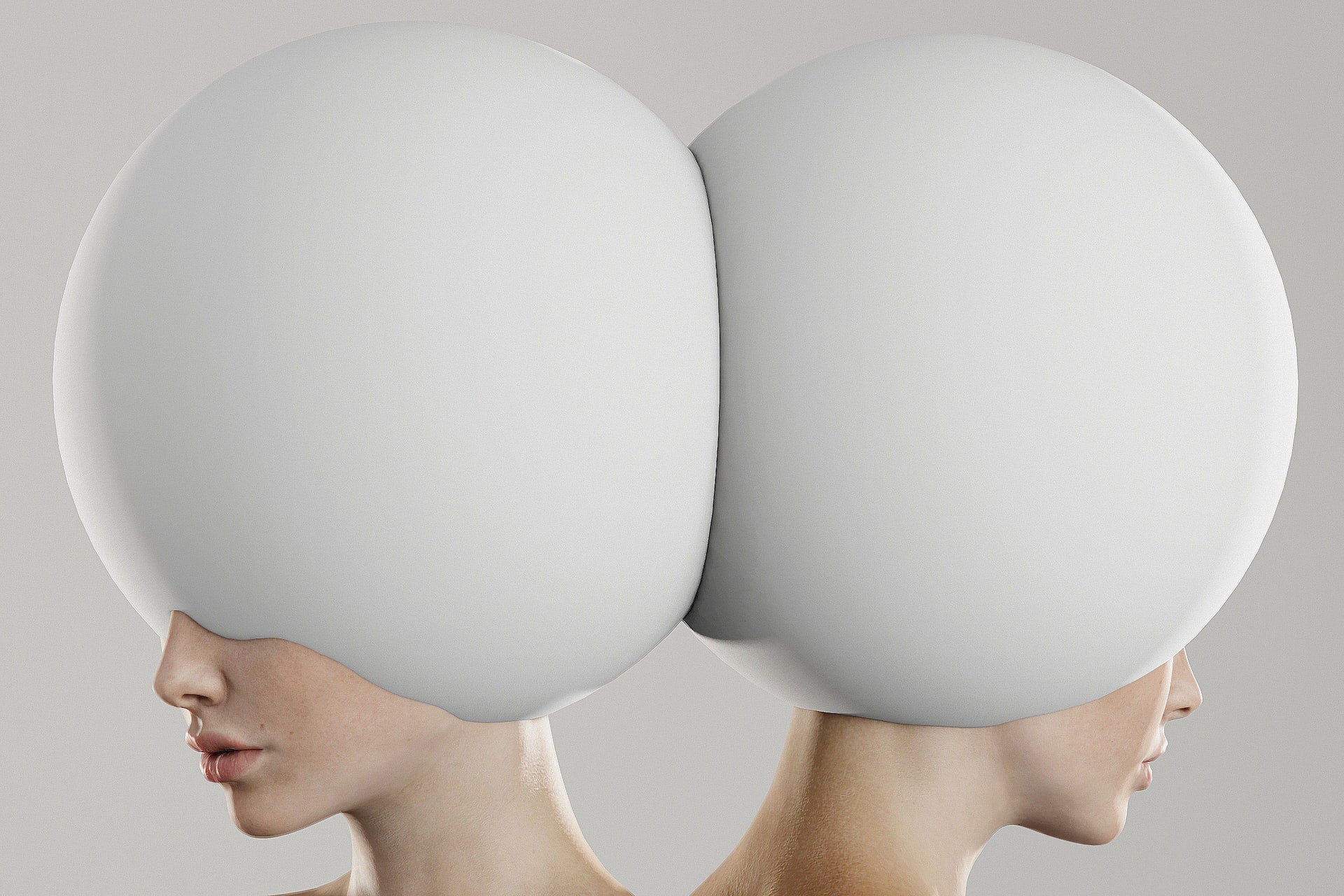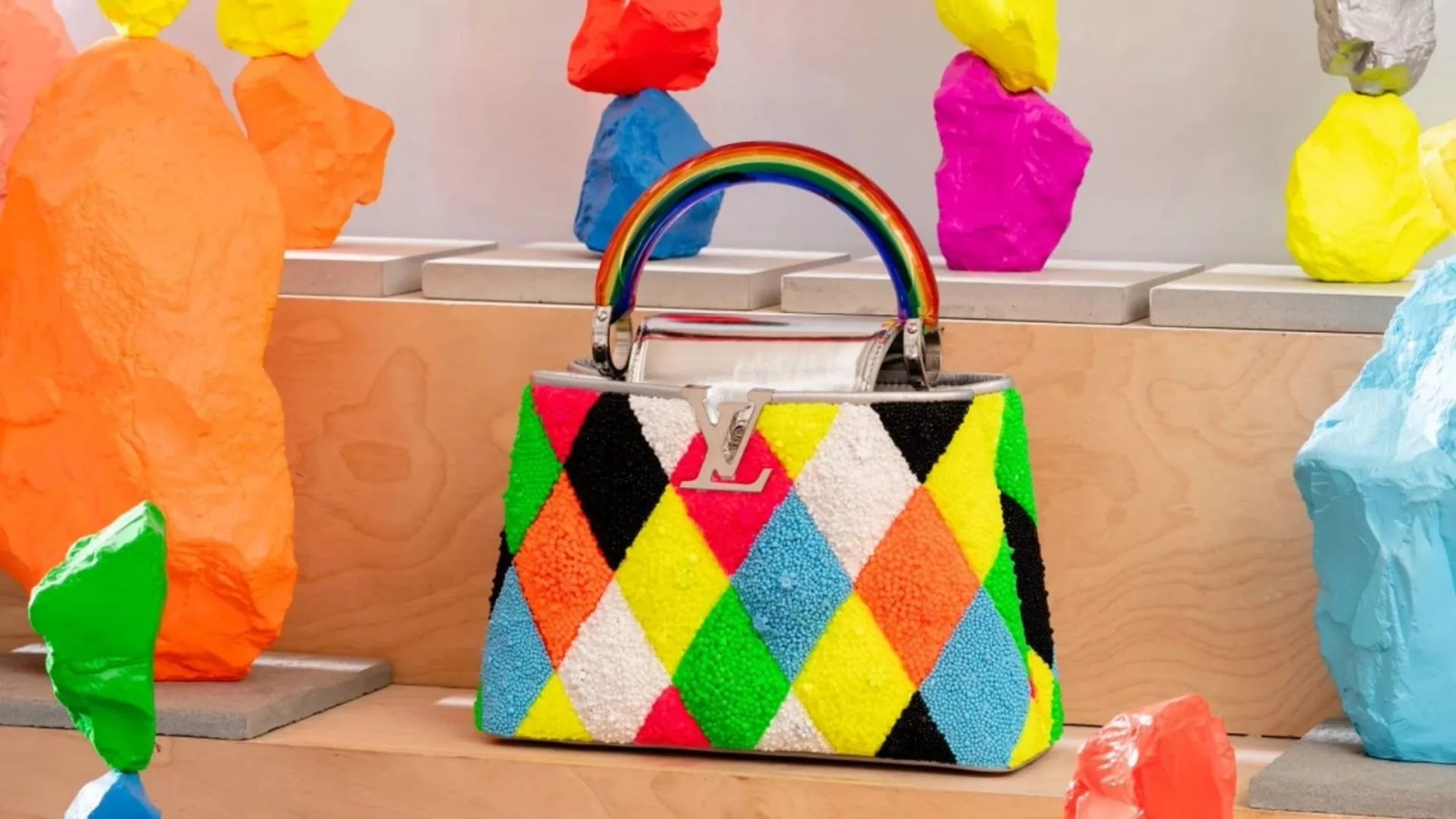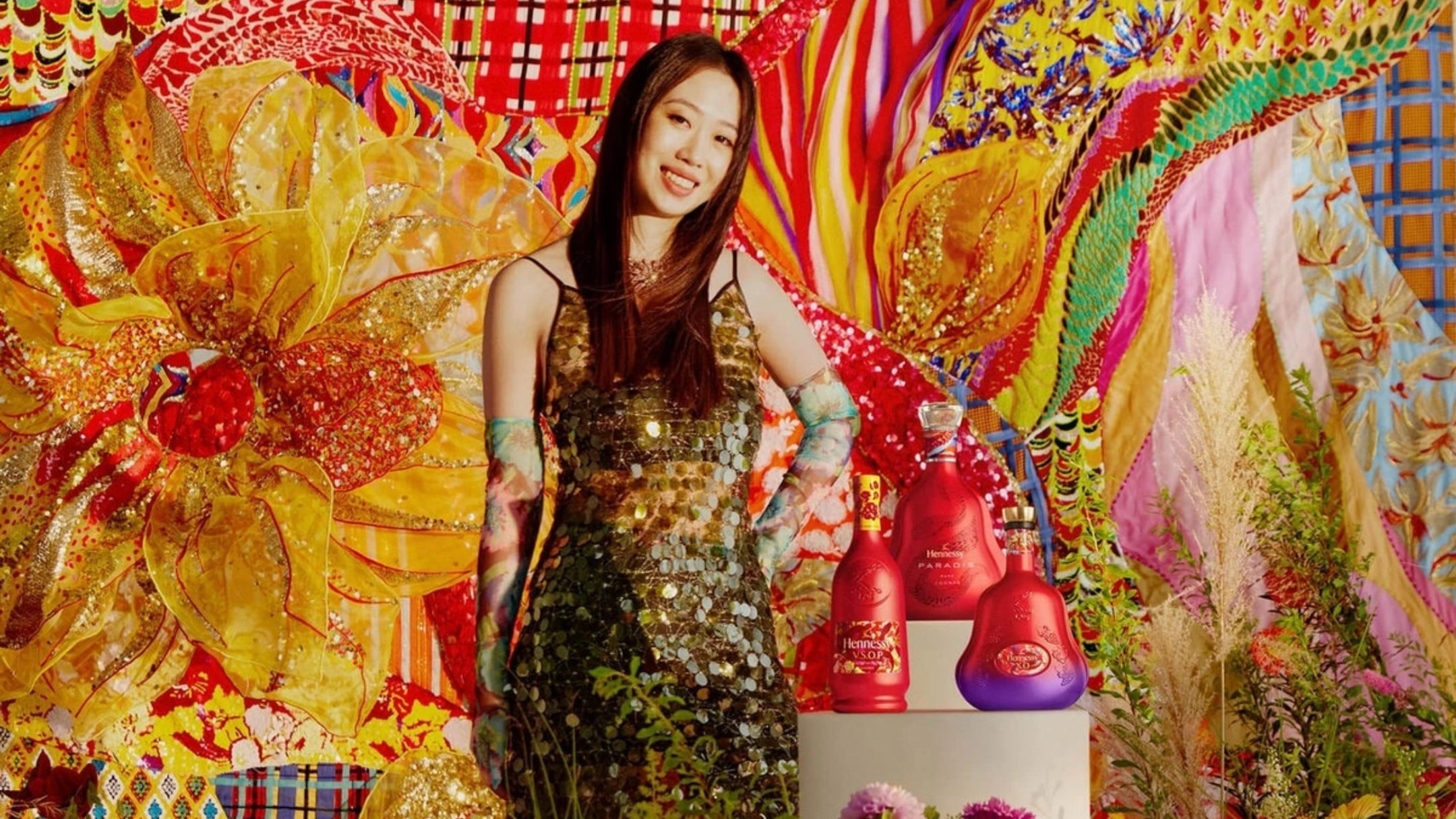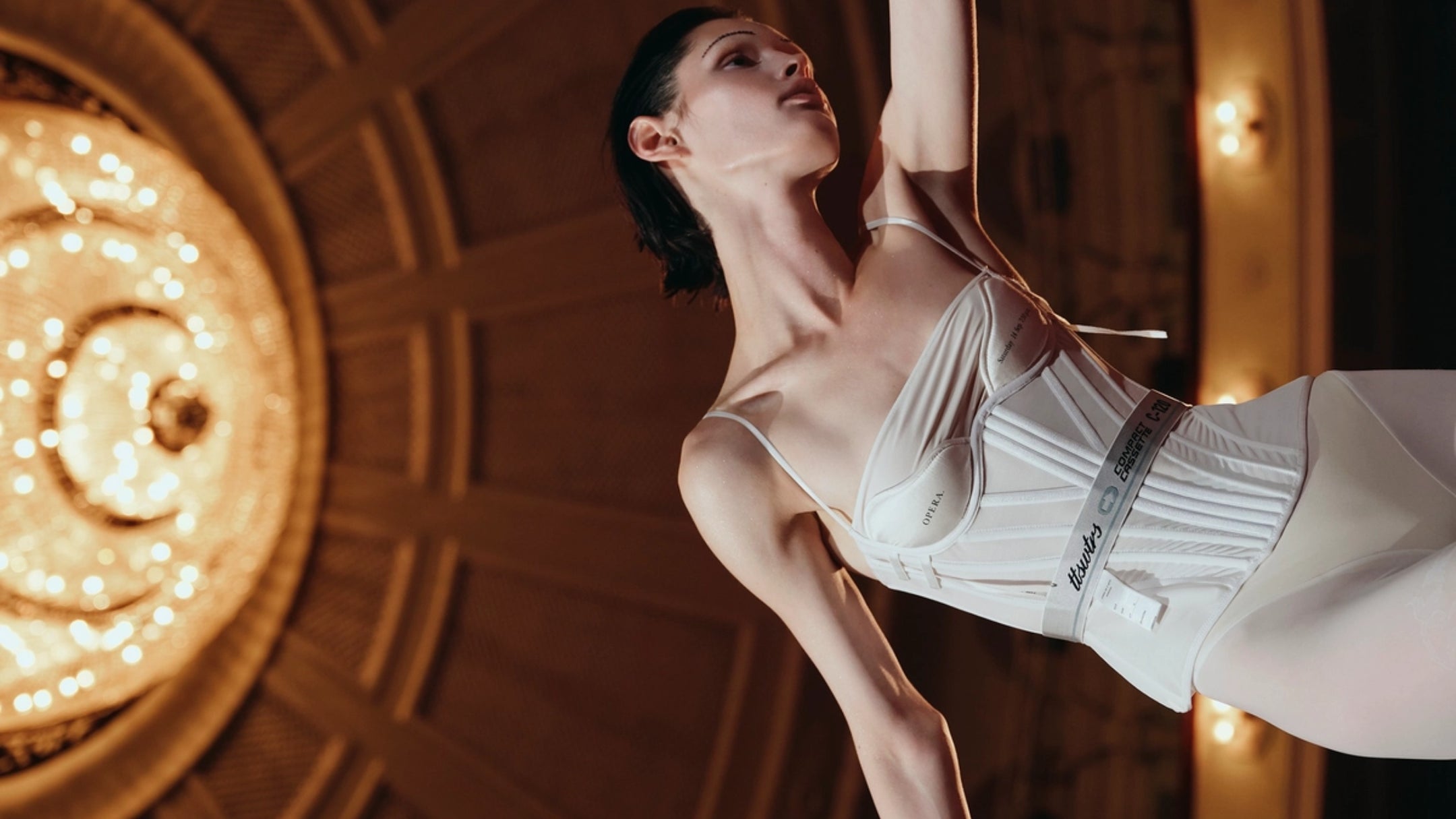In the fashion industry, designer brands are always in the spotlight, with trends, styles, and creative designs that make them stand out. Over the years, the industry has witnessed a lot of changes, with designer brands evolving in response to shifting consumer demands, technological advancements, and sustainability challenges. As we look towards the future, it's important to consider what's next for designer brands. This article will explore the current state of the industry, emerging trends, and what the future holds for designer brands.
In recent years, we've seen an increase in consumer demand for designer brands, with consumers willing to pay a premium for quality and exclusivity. The rise of social media has also played a significant role in the industry, with designer brands leveraging social media platforms to connect with their target audience, showcase their products, and build brand awareness. However, with the increasing focus on sustainability, technological advancements, and changing consumer behaviors, designer brands need to evolve to stay relevant in the industry.
Current State of the Industry
The fashion industry is a highly competitive one, with new brands emerging every day. However, designer brands remain the pinnacle of the industry, with their reputation for quality, craftsmanship, and exclusivity. Currently, the industry is experiencing a shift towards sustainability, with consumers becoming more aware of the environmental impact of fast fashion. As a result, designer brands are focusing on sustainability initiatives, such as using eco-friendly materials and reducing waste in production.
Emerging Trends in Designer Brands
As we look towards the future, there are several emerging trends that designer brands are adopting to stay relevant. Firstly, there's a growing focus on digitalization, with brands leveraging technology to enhance the customer experience. This includes the use of virtual reality and augmented reality to create immersive shopping experiences, as well as the integration of AI and machine learning to personalize the shopping experience.
Secondly, there's a growing trend towards inclusivity, with designer brands recognizing the importance of diversity and representation. This includes the use of models of different ethnicities, body types, and ages, as well as the creation of gender-neutral clothing lines.
Thirdly, there's a growing emphasis on transparency, with consumers becoming more interested in the ethical and environmental impact of the products they buy. Designer brands are responding by being more transparent about their production processes, sourcing of materials, and labor practices.
The Future of Designer Brands
As we look towards the future, designer brands need to adapt to changing consumer behaviors, technological advancements, and sustainability challenges. One trend that's likely to continue is the focus on sustainability, with brands adopting more eco-friendly practices and materials.
Another trend that's likely to continue is the focus on digitalization, with brands leveraging technology to enhance the customer experience. This includes the use of augmented reality to enable customers to virtually try on clothing, as well as the integration of AI and machine learning to personalize the shopping experience.
Finally, we're likely to see more collaborations between designer brands and other industries, such as tech and sports. This includes the creation of limited edition clothing lines in collaboration with tech companies, as well as sports-inspired clothing lines in collaboration with sports brands.
Conclusion
In conclusion, the future of designer brands looks bright, with new trends and emerging technologies that will enhance the customer experience and enable brands to stay relevant in the industry. Sustainability, inclusivity, and transparency will continue to be important factors, and brands that embrace these trends will be the ones that succeed in the long run.










